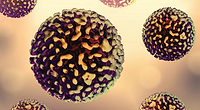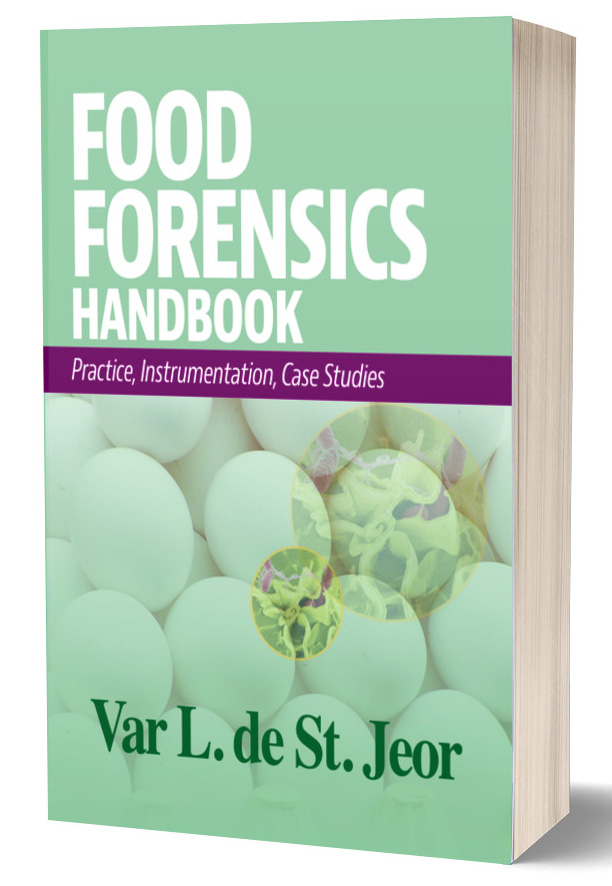FAO Identifies Control Measures and Research Needs for Toxic Foodborne Clostridia

Image credit: Jennifer Oosthuizen via CDC's Public Health Image Library
The Food and Agriculture Organization of the United Nations (FAO) has published a summary of an expert meeting on foodborne toxigenic clostridia that took place in Rome, Italy from February 17–21, 2025.
Clostridia, comprising genera Clostridium and Clostridiodes, include three species with known and emerging significance to food safety: Clostridium botulinum, Clostridium perfringens, and Clostridioides difficile. Botulism, caused by C. botulinum, is a severe and potentially fatal neuroparalytic disease resulting from the ingestion of pre-formed toxin in foods. C. perfringens typically causes relatively mild gastroenteritis and ranks as one of the most frequent causes of foodborne illnesses in many countries. C. difficile causes antimicrobial-associated diarrhoea and colitis.
Unlike other common bacterial causes of foodborne illness, clostridia produce spores, which can persist for long periods of time and are resistant to common food safety control measures such as cooking, pasteurization, and antimicrobial treatments including sanitizers. In general, based on the available evidence, strict temperature control is necessary to prevent growth of toxigenic clostridia, and its growth may be controlled by some measures such as salt, reduced pH, reduced water activity, nitrite, or the inclusion of certain food ingredients with inhibitory properties.
The FAO experts agreed that insufficient baseline data on and routine monitoring of the occurrence and levels of clostridia in the agri-food system limit robust identification and control of food sources of clostridial disease.
Regarding C. botulinum, FAO called botulinum neurotoxin (BoNT) “the most potent toxin known to humanity.” Established control measures are available to reduce or eliminate botulinum spores through thermal treatments (e.g., 121 °C for three minutes for Group I botulinum spores, or 90 °C for ten minutes for Group II spores), or to prevent growth and toxin production in foods using appropriate temperature control and/or formulation strategies. The mouse bioassay remains the "gold standard" assay for detection and quantitation of BoNT, but it requires costly and specialized facilities, a high level of technical competency, and carries safety and ethics concerns. Alternatively, the development and validation of molecular analytics tools are ongoing, although their sensitivity may be variable and their availability for food or clinical testing are still limited. Importantly, emerging species and strains of BoNT-producing clostridia, as well as new toxin serotypes and subtypes, continue to be identified, and their food safety significance characterized.
Intestinal botulism is rare, and requires predisposing factors like an immature or disrupted intestinal microbiota. Ingestion of as few as ten spores may result in infant intestinal botulism. Although the source of spores is unknown in most cases of botulism, when identified, the predominant food source of spores in infant cases is honey.
For infection by C. perfringens, the most commonly associated foods are meat and poultry that are conducive to multiplication during temperature abuse. Key control measures are maintaining temperature control and the use of inhibitory product formulations. C. perfringens is one of the most common but underreported causes of foodborne gastrointestinal diseases, often involving large outbreaks associated with mass catering. Illness is caused by consuming food that is contaminated by vegetative C. perfringens cells at levels greater than 8-log per serving, and toxin is produced in the gut when the cells sporulate.
While C. difficile is known as a common cause of diarrheal diseases in hospitals and in communities, its relevance as a foodborne pathogen is emerging, as outbreaks or sporadic cases of foodborne illness have yet to be reported. However, C. difficile is common in food animals and foods of plant and animal origin. Strains found in foods and patients are indistinguishable, implicating food as a vehicle of transmission. Foods may be contaminated directly and indirectly with C. difficile spores at all stages along the food chain, as it exists in water and soil. Handling and washing of food may lead to contamination of the food preparation environment and cross-contamination of foods. Methods for detection and enumeration of C. difficile in various foods are available, but are not standardized and vary greatly in their effectiveness.
FAO identified several knowledge gaps and needs around foodborne toxigenic clostridia, specifically:
- The underreporting of foodborne clostridia illnesses, and the need for improved global surveillance and improved investigation of foodborne illnesses
- The role and extent to which antimicrobial use in livestock contributes to the selection and amplification of C. difficile in food animals, and the need for a scientific basis for on-farm control measures for C. difficile
- The need for simple, sensitive, specific, standardized, animal-free, and rapid botulinum toxin detection assays that recognize all serotypes and subtypes, and are available for in-field use
- The need for more sensitive analytical methods for intestinal botulism
- The potential use of probiotics to minimize the duration or severity of intestinal botulism
- The need for validated hurdle approaches for novel foods and changed product formulations to reduce microbial proliferation and enhance food safety.
Looking for a reprint of this article?
From high-res PDFs to custom plaques, order your copy today!







